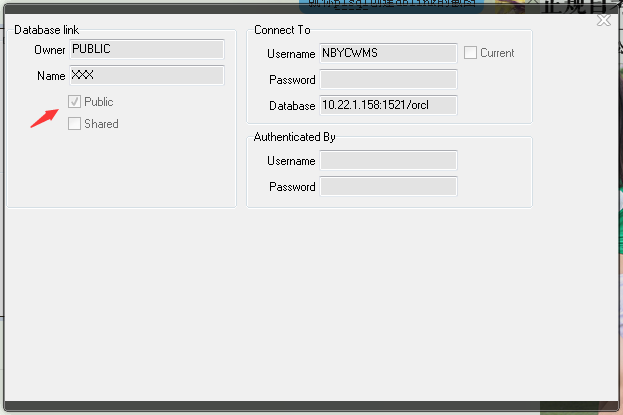本文主要是介绍reverse enginreing a D-link backdoor,希望对大家解决编程问题提供一定的参考价值,需要的开发者们随着小编来一起学习吧!
All right. It’s Saturday night, I have no date, a two-liter bottle of Shasta and my all-Rush mix-tape…let’s hack.
On a whim I downloaded firmware v1.13 for the DIR-100 revA. Binwalk quickly found and extracted a SquashFS file system, and soon I had the firmware’s web server (/bin/webs) loaded into IDA:

Strings inside /bin/webs
Based on the above strings listing, the /bin/webs binary is a modified version of thttpd which provides the administrative interface for the router. It appears to have been modified by Alphanetworks (a spin-off of D-Link). They were even thoughtful enough to prepend many of their custom function names with the string “alpha”:

Alphanetworks’ custom functions
The alpha_auth_check function sounds interesting!
This function is called from a couple different locations, most notably from alpha_httpd_parse_request:

Function call to alpha_auth_check
We can see that alpha_auth_check is passed one argument (whatever is stored in register $s2); if alpha_auth_check returns -1 (0xFFFFFFFF), the code jumps to the end of alpha_httpd_parse_request, otherwise it continues processing the request.
Some further examination of the use of register $s2 prior to the alpha_auth_check call indicates that it is a pointer to a data structure which contains char* pointers to various pieces of the received HTTP request, such as HTTP headers and the requested URL:

$s2 is a pointer to a data structure
We can now define a function prototype for alpha_auth_check and begin to enumerate elements of the data structure:
struct http_request_t
{char unknown[0xB8];char *url; // At offset 0xB8 into the data structure
};int alpha_auth_check(struct http_request_t *request);
alpha_auth_check itself is a fairly simple function. It does a few strstr’s and strcmp’s against some pointers in the http_request_t structure, then callscheck_login, which actually does the authentication check. If the calls to any of the strstr’s / strcmp’s or check_login succeed, it returns 1; else, it redirects the browser to the login page and returns -1:

alpha_auth_check code snippet
Those strstr’s look interesting. They take the requested URL (at offset 0xB8 into the http_request_t data structure, as previously noted) and check to see if it contains the strings “graphic/” or “public/”. These are sub-directories under the device’s web directory, and if the requested URL contains one of those strings, then the request is allowed without authentication.
It is the final strcmp however, which proves a bit more compelling:

An interesting string comparison in alpha_auth_check
This is performing a strcmp between the string pointer at offset 0xD0 inside the http_request_t structure and the string “xmlset_roodkcableoj28840ybtide”; if the strings match, the check_login function call is skipped and alpha_auth_check returns 1 (authentication OK).
A quick Google for the “xmlset_roodkcableoj28840ybtide” string turns up only a single Russian forum post from a few years ago, which notes that this is an “interesting line” inside the /bin/webs binary. I’d have to agree.
So what is this mystery string getting compared against? If we look back in the call tree, we see that the http_request_t structure pointer is passed around by a few functions:

It turns out that the pointer at offset 0xD0 in the http_request_t structure is populated by the httpd_parse_request function:

Checks for the User-Agent HTTP header

Populates http_request_t + 0xD0 with a pointer to the User-Agent header string
This code is effectively:
if(strstr(header, "User-Agent:") != NULL)
{http_request_t->0xD0 = header + strlen("User-Agent:") + strspn(header, " \t");
}
Knowing that offset 0xD0 in http_request_t contains a pointer to the User-Agent header, we can now re-construct the alpha_auth_check function:
#define AUTH_OK 1
#define AUTH_FAIL -1int alpha_auth_check(struct http_request_t *request)
{if(strstr(request->url, "graphic/") ||strstr(request->url, "public/") ||strcmp(request->user_agent, "xmlset_roodkcableoj28840ybtide") == 0){return AUTH_OK;}else{// These arguments are probably user/pass or session infoif(check_login(request->0xC, request->0xE0) != 0){return AUTH_OK;}}return AUTH_FAIL;
}
In other words, if your browser’s user agent string is “xmlset_roodkcableoj28840ybtide” (no quotes), you can access the web interface without any authentication and view/change the device settings (a DI-524UP is shown, as I don’t have a DIR-100 and the DI-524UP uses the same firmware):

Accessing the admin page of a DI-524UP
Based on the source code of the HTML pages and some Shodan search results, it can be reasonably concluded that the following D-Link devices are likely affected:
- DIR-100
- DI-524
- DI-524UP
- DI-604S
- DI-604UP
- DI-604+
- TM-G5240
Additionally, several Planex routers also appear to use the same firmware:
- BRL-04UR
- BRL-04CW
You stay classy, D-Link.
这篇关于reverse enginreing a D-link backdoor的文章就介绍到这儿,希望我们推荐的文章对编程师们有所帮助!




![[LeetCode] 190. Reverse Bits](/front/images/it_default2.jpg)

